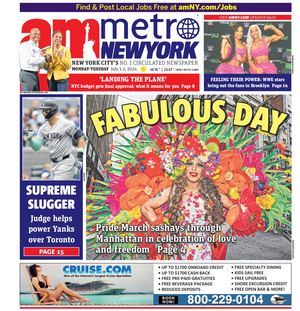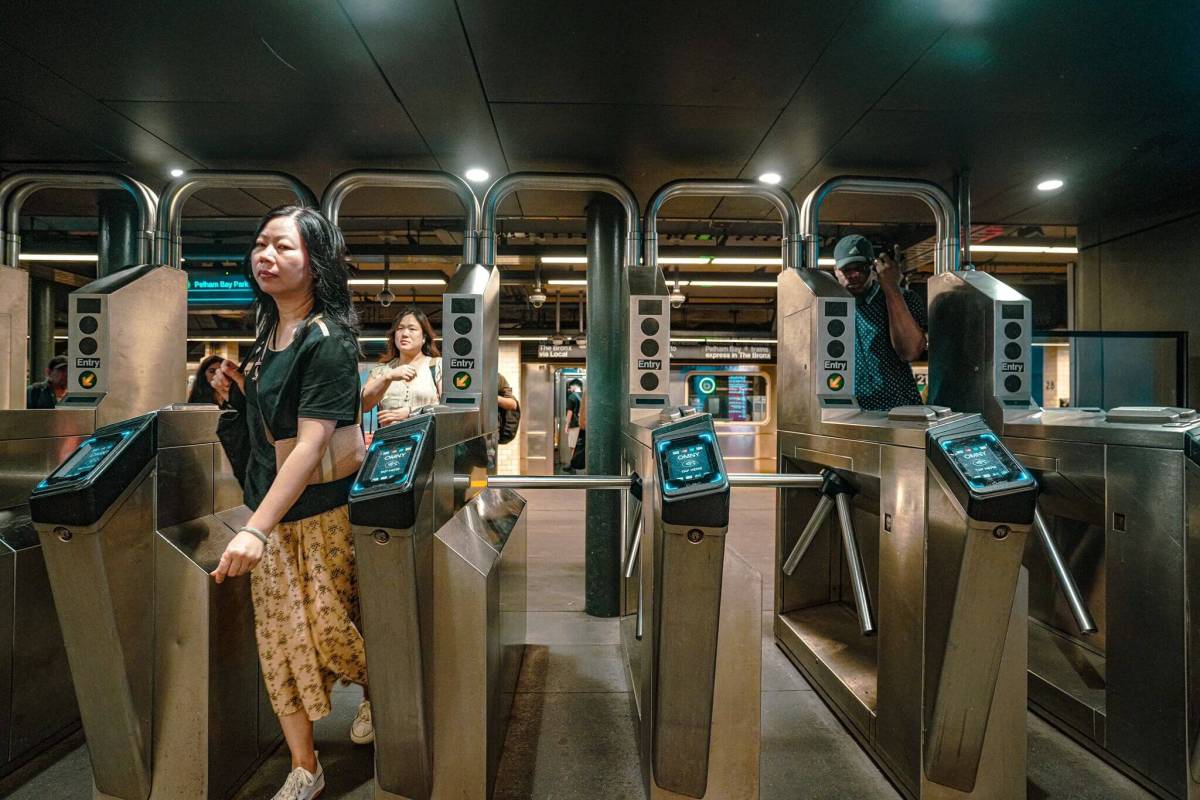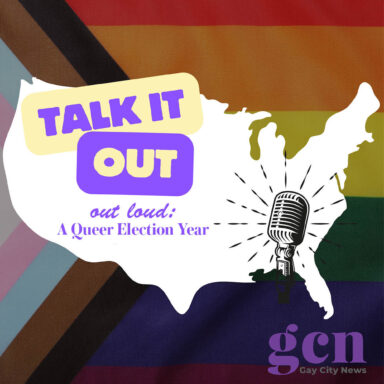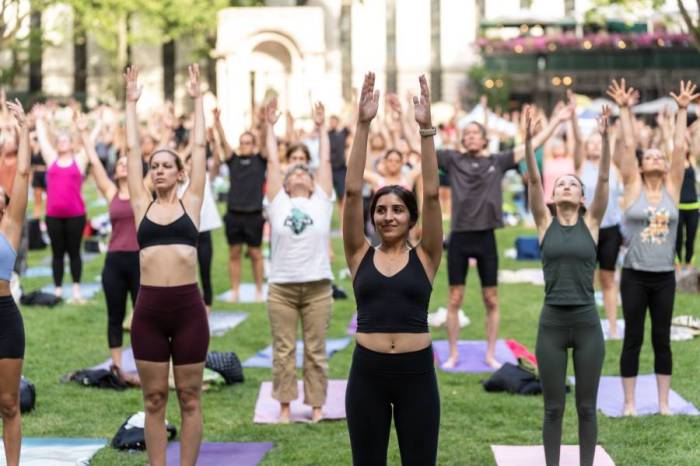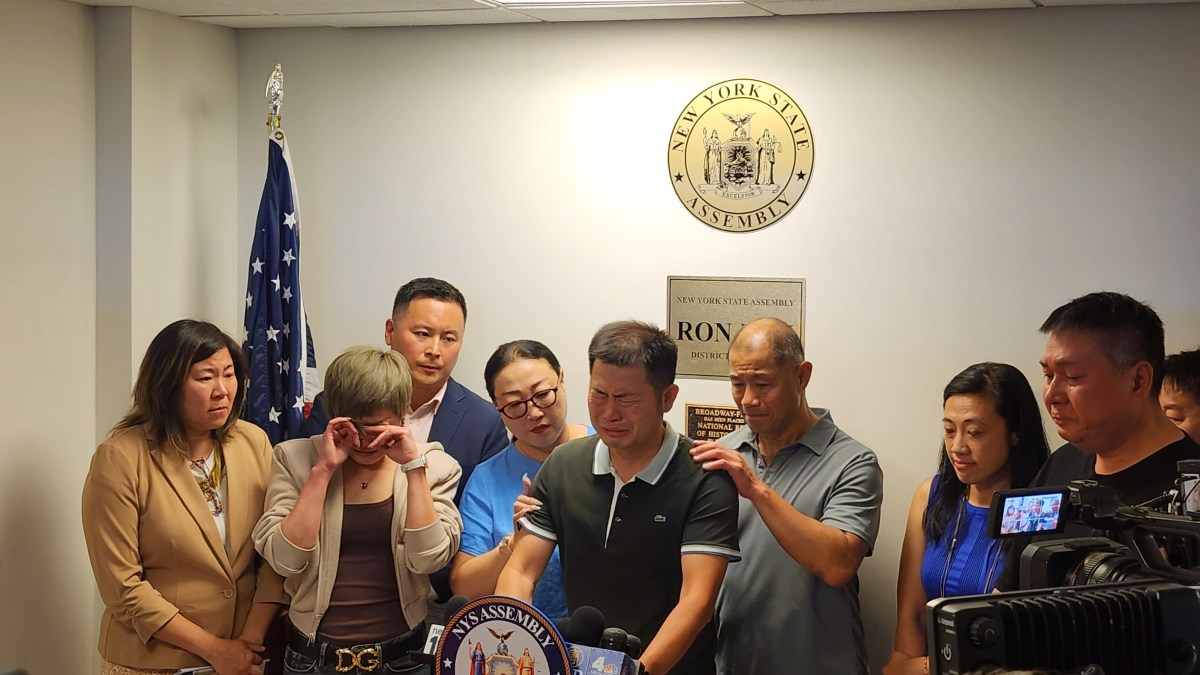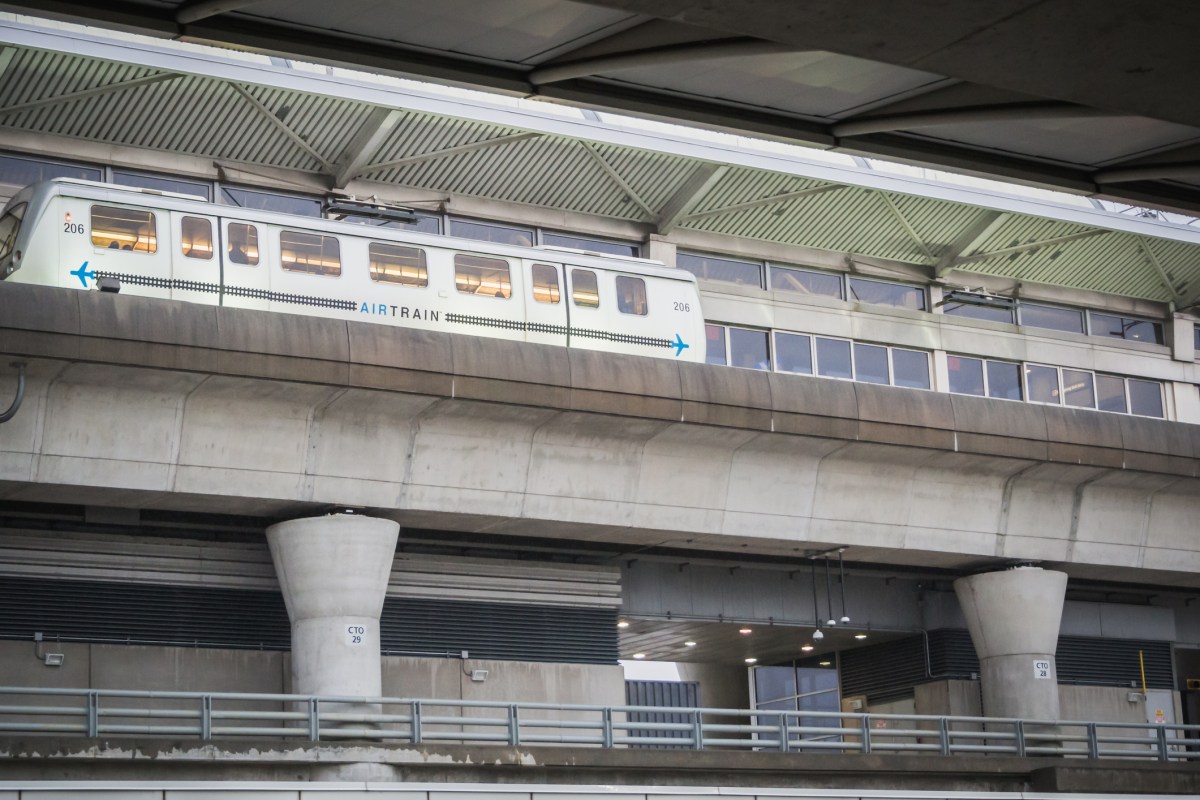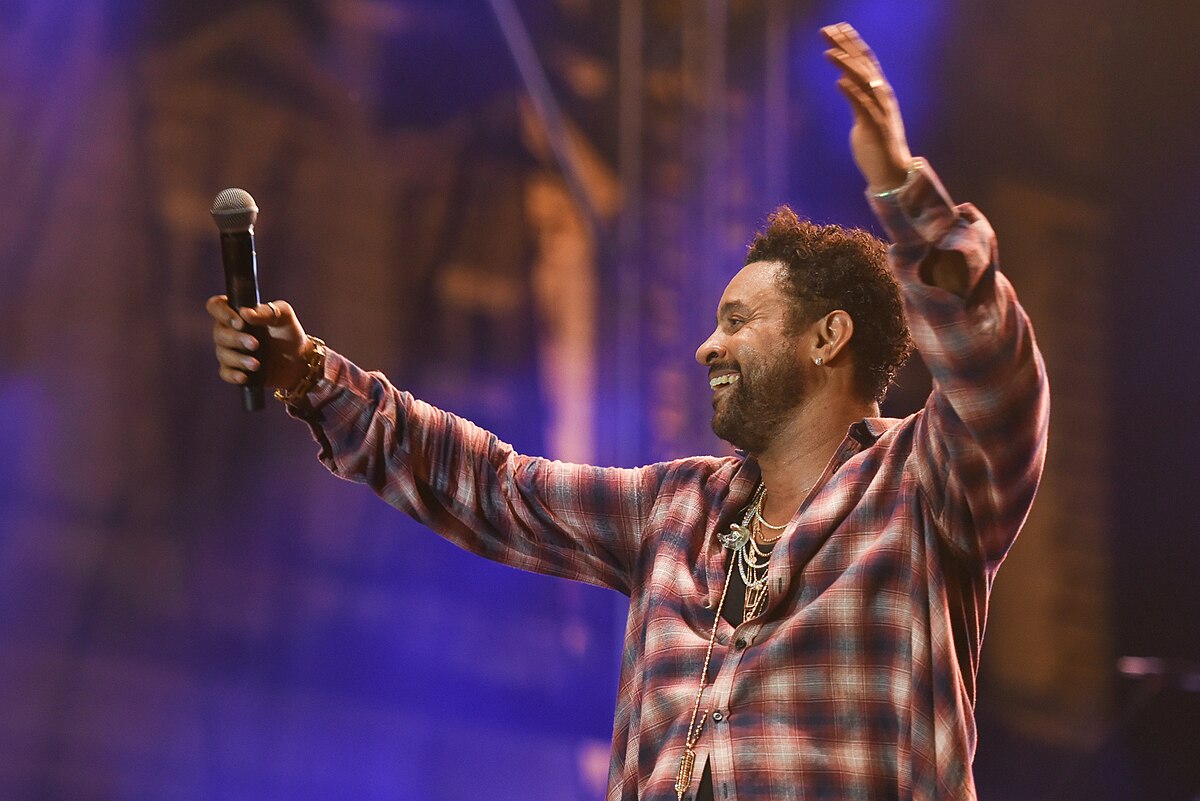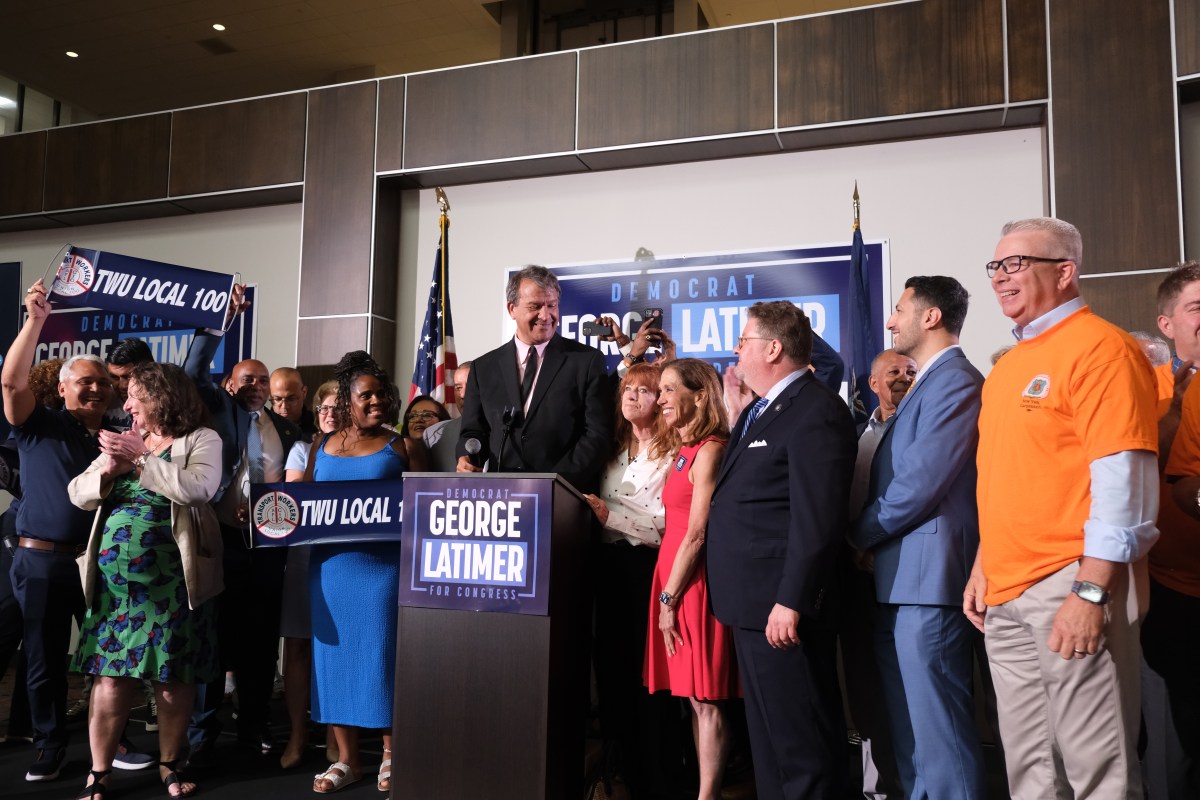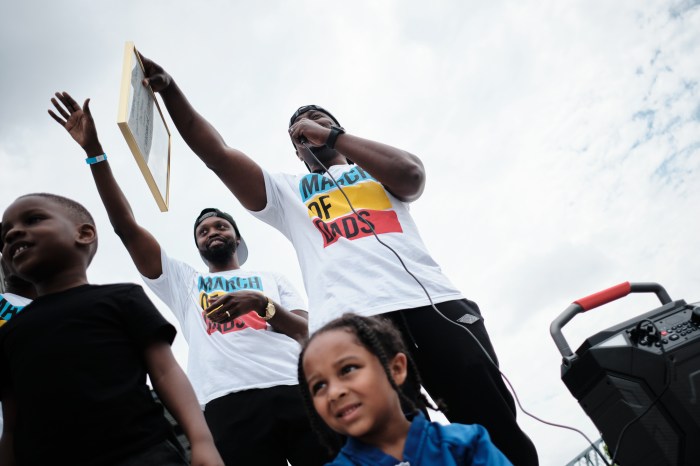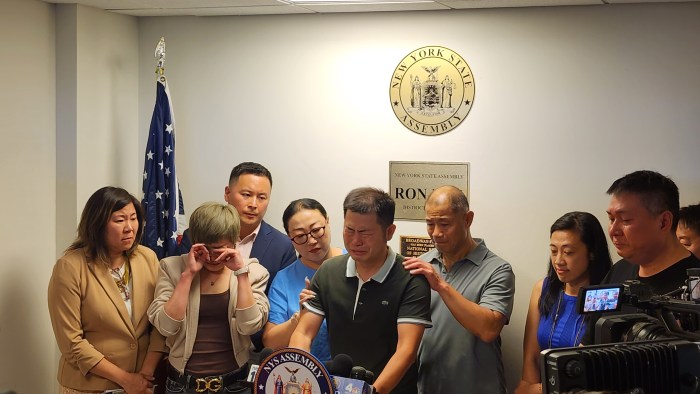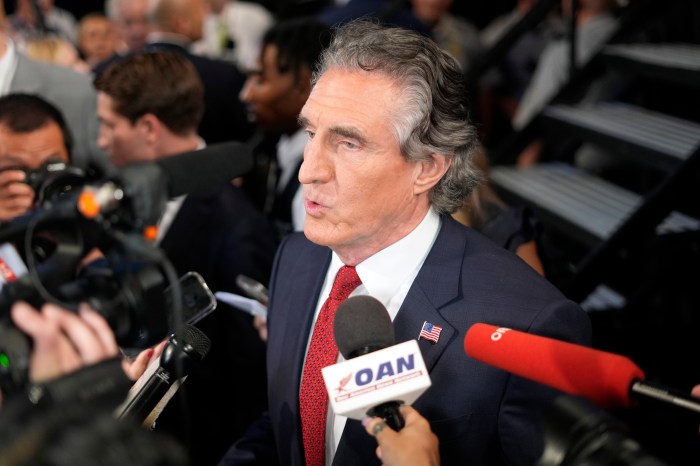The City Council’s proposed expansion of the Fair Fares half-priced MetroCard would benefit some 650,000 additional low-income New Yorkers, a new report finds.
About 950,000 New Yorkers are currently eligible for Fair Fares, though only about a third of them are actually signed up for the benefit, according to a new report from the Permanent Citizens Advisory Committee to the MTA (PCAC), a transit advocacy group.
Still, hundreds of thousands of New Yorkers who struggle to make ends meet cannot take advantage of the benefit because of its strict income thresholds capped at 120% of the federal poverty line, which translates to just $18,072 annual income for an individual and $37,440 for a family of four. Working a full-time job at New York City’s $16 minimum wage, meanwhile, nets a $33,280 salary.
Raising the threshold to 200% of the federal poverty line would enable 650,000 more New Yorkers to sign up, including 250,000 regular commuters, according to the PCAC report.
“That is a tremendous difference in the lives of hundreds of thousands of people every day,” said Lisa Daglian, PCAC’s executive director, at a rally outside City Hall on Tuesday. “That means you don’t have to choose between fares and food.”
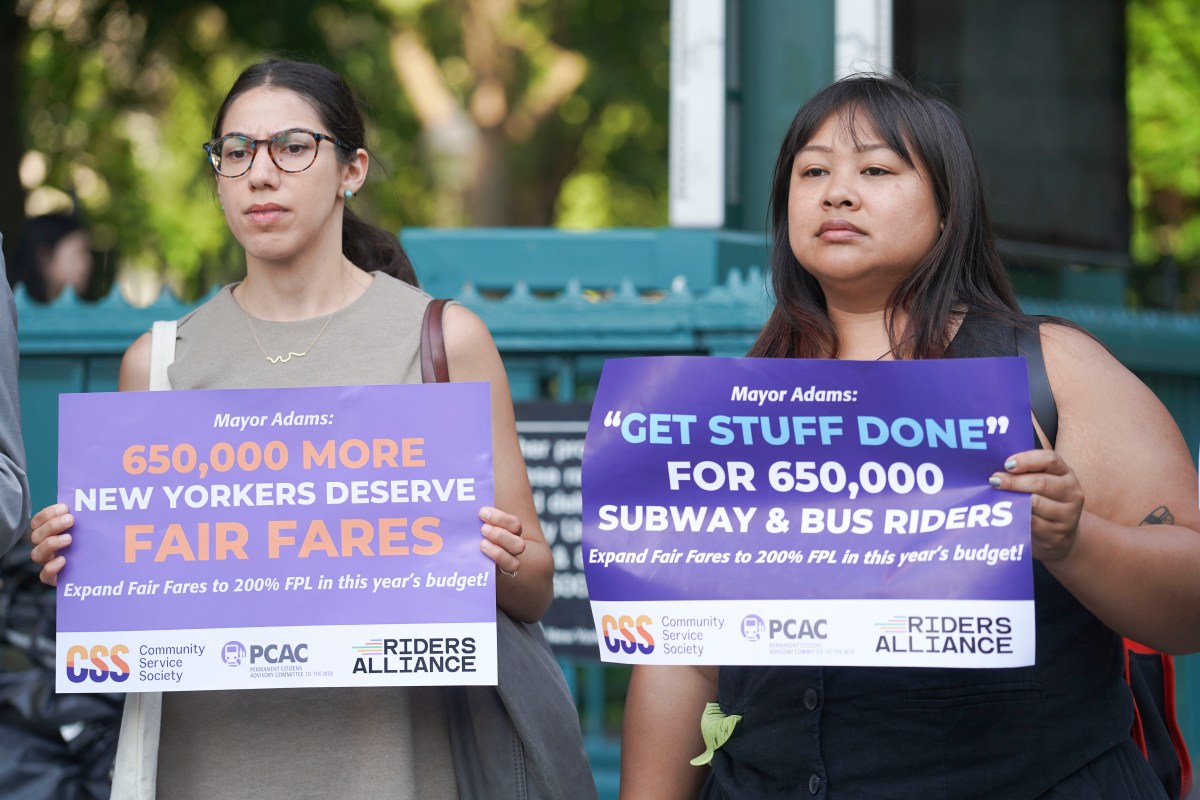
Under the proposal, Fair Fares would expand to individuals making less than $30,120 per year and families of four earning less than $62,400 annually.
One of those beneficiaries would be Judy Wang, a Queens resident whose mother has benefitted from the program.
“I’ve seen firsthand how it eases the financial burden on our family,” said Wang, a member of the Riders Alliance. “Without it, my mother’s access to necessities like healthcare, food, and community would be severely limited.”
Not having access to the program means Wang doesn’t take public transit for recreation, only for job-related outings, she noted. “All my living expenses, I had to cut dramatically, including public transit.”
The City Council has once again advanced the proposal for the upcoming city budget, but Mayor Eric Adams has not supported the measure.
“New Yorkers are facing an affordability crisis that is pushing people to the brink,” said Council Speaker Adrienne Adams. “We have the opportunity now to help hundreds of thousands of New Yorkers by ensuring Fair Fares eligibility helps reach residents living at 200% of the federal poverty level.”
About 20% of New Yorkers report struggling to afford the cost of transit, according to a March analysis by the Community Service Society.
Moreover, all people making under 200% of the federal poverty line appear to struggle with transit affordability at similar rates, CSS found. Meanwhile, over 40% of New Yorkers are “rent burdened,” meaning they pay more than 30% of their income towards rent, while 10% of New Yorkers are food insecure.
The PCAC also found that, outside the Manhattan central business district, there appears to be a strong correlation between where fare evasion summonses are handed out and where those who would be eligible for expanded Fair Fares live.
New York is well behind other US cities in the generosity of its low-income transit benefit, the PCAC reports. San Francisco, Boston, Washington DC, and Portland all offer a half-price base fare to qualifying residents living at up to 200% of the federal poverty line; Los Angeles extends the benefit to those making 300%.
A spokesperson for the city’s Department of Social Services, which runs the program, would not say whether the administration intends to support the expansion but noted it is now reaching some 330,000 New Yorkers.
“Following the Adams Administration’s implementation of the first expansion of Fair Fares eligibility since the program began, significant increases in investments, extensive community outreach, and enrollment events held in partnership with community-based organizations, the MTA, elected officials, and agency partners, on average the city is supporting 330,000 New Yorkers through this vital city-funded discount today — reaching more New Yorkers than ever before in the history of the Fair Fares program,” said DSS spokesperson Neha Sharma.
